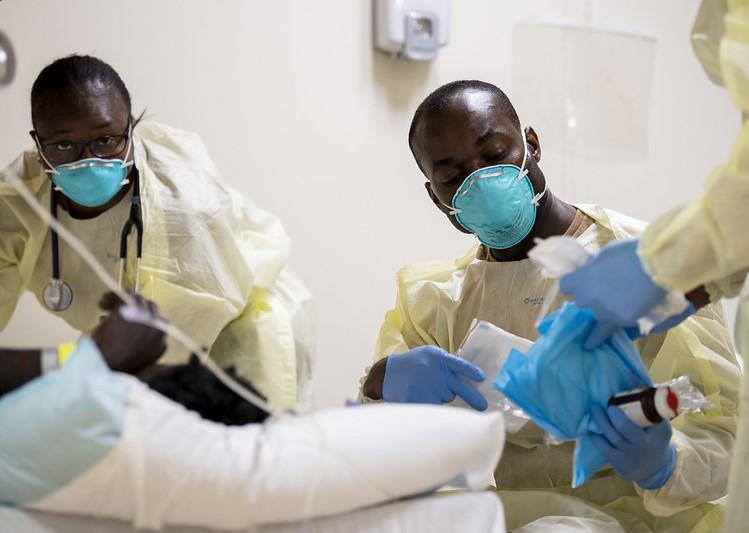The number of kindergarteners with vaccine exemptions increased 0.4 percentage points to 3.0% during the 2022–23 school year compared with the 2019-2020 school year, according to a new study in Morbidity and Mortality Weekly Report.
Exemptions increased in 41 states, and exceeded 5% in 10 states, which increases the risk for outbreaks of vaccine-preventable diseases. The findings come from national- and state-level estimates for complete vaccination with measles, mumps, and rubella vaccine (MMR); diphtheria, tetanus, and acellular pertussis vaccine (DTaP); poliovirus vaccine (polio); and varicella vaccine (VAR); and exemptions from vaccination reported by 49 states and the District of Columbia (DC) for the 2022–23 school year.
Children who started kindergarten this year were first eligible for these vaccines during the height of the pandemic, and researchers have worried gaps in routine care and increased vaccine hesitancy have impacted vaccine coverage.
10 states fail to reach 95% coverage
In the present study, 3.0% of kindergartners had an exemption (0.2% medical and 2.8% non-medical), with a range of less than 0.1% in West Virginia to 12.1% in Idaho, compared with 2.6% reported during the 2021–22 school year.
State-level exemption rates in excess of 5% prevent 10 states from potentially achieving ≥95% MMR coverage even if all nonexempt kindergartners in 2022–23 were vaccinated, up from four states in 2021–22.
"To achieve the Healthy People 2030 target of 95% MMR coverage, exemptions cannot exceed 5%. State-level exemption rates in excess of 5% prevent 10 states from potentially achieving ≥95% MMR coverage even if all nonexempt kindergartners in 2022–23 were vaccinated, up from four states in 2021–22," the authors said.
The authors said it was not clear from the study if parents were opting out of childhood vaccination because of true hesitancy, barriers to standard care, or a combination of the two.

.jpg)













